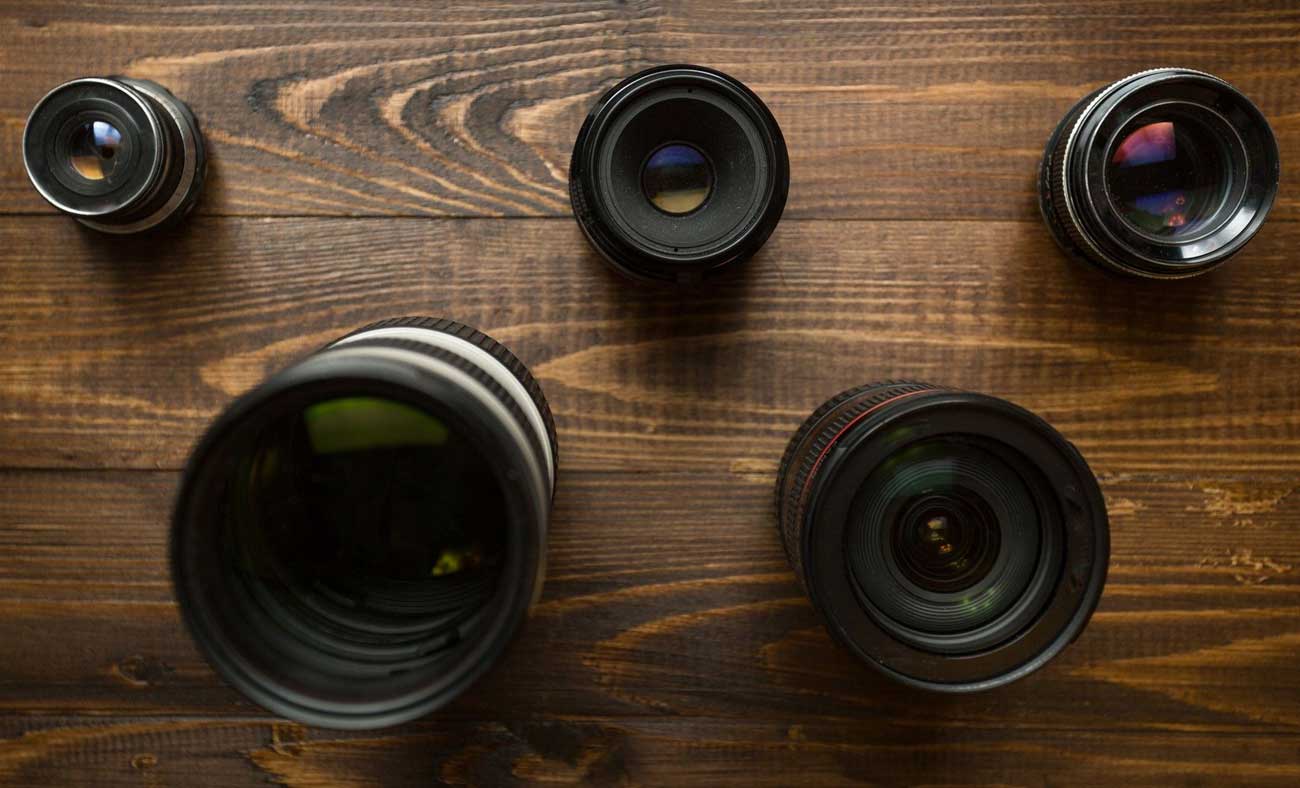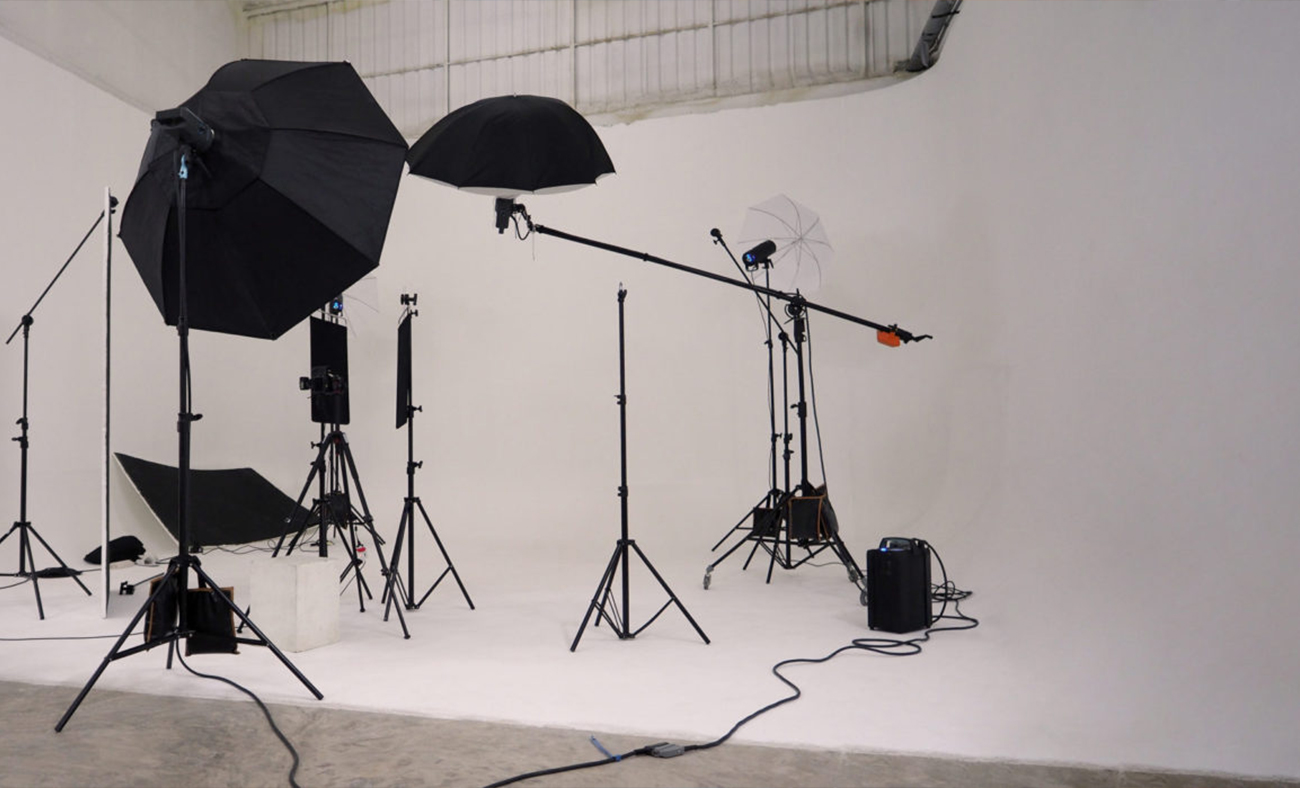
The top cinematography lenses that every videographer should have
The top cinematography lenses that every videographer should have

Choosing photography lenses is essential for video photographers and cinematography because video lenses aid in the capture of the best images and scenes. There are numerous cameras available for shooting video clips. But which lenses should the videographer use? In this article, we will highlight the best lenses for filmmaking.
Cinematography meaning
Cinematography is the art and craft of creating motion pictures by visually capturing a story. Cinematography, on the other hand, is the art and science of recording light, either electronically onto an image sensor or chemically onto film.
What is a Video Lens?
Understanding the design of a cinema lens is critical. These are intricately designed for motion capture and video recording. They have high focal point strengths and aperture rings with manual adjustment markers. A filmmaker can change the settings to meet the needs of the situation.
The Best lenses for filmmaking
Finding the right lens for your camera can improve your images and overall production significantly. However, learning everything you need to know about video and photography camera lenses can be costly and time-consuming. The following are the best video lenses available for purchase:

Canon EF-S 10-18mm f/4.5-5.6 IS STM
Canon released this lens in 2014, and it quickly became one of Canon’s wide lenses. It, like most STM lenses, has extremely fast automatic image adjustment technology, making it an excellent choice for fast-moving videos. It is the best camera for cinematography. The lens has a photo installation system that ensures your videos remain sharp even if the camera is not completely fixed during recording. Because the opening of the lens changes with the focal dimension, this lens is an excellent choice for overhead lighting cinematography, though you can get good results if you keep the camera fixed.

Rokinon 8mm Ultra Wide f/3.5 Fisheye
The larger vision area allows you to capture more space in the scene. Fish eye lenses have become popular as a result of GoPro cameras because they enhance video production with high image quality. The Rokinon lens is 8 mm in size, and you can manually adjust the concentration and opening of the lens before pressing the registration button. To make matters worse, this model is compatible with a wide range of cameras, including Pentax, Canon, and Nikon DSLRs. It has a relatively fast lens opening, allowing it to perform well in low-light situations.

Canon EF 50mm f/1.8 STM
The EF 50mm lens has a fixed F-Stop feature of 1.8, which is great for disrupting the background and performing well even in low-light conditions. Because you don’t have to move, this is an excellent lens for capturing beauty clips. You can remain in your position where the emphasis is more severe and highlighted by disturbing everything behind you. If you frequently reuse groups, the zooming/miniaturization feature is unnecessary. If the imaging conditions are rarely changing, using a dependable fixed lens such as the EF 50mm is also simple because you won’t have to rethink the preparation and control.

Ready to start your project?

Canon EF-S 18-135mm f/3.5-5.6 IS USM
The Canon EF-S 18-135M F/3.5-5.6 IS USM is an excellent choice for video. In fact, this lens was created from scratch. Because it has a very fast Fox system called NANO USM, it is ideal for video. The changing length allows you to photograph all of the scenes and details. This lens is essential for medium and professional cameras, so we always recommend it to Canon users.

Tamron SP AF 17-50mm f/2.8 XR Di II LD Aspherical (IF)
Tamron’s standard zooming lens offers excellent value at an affordable price. The maximum aperture is f / 2.8, and the minimum value of the opening supported by this lens is F / 32, allowing users to easily experiment with different depths of field. The lens is compatible with most Canon cameras; however, if you have a camera from another manufacturer, you may need to use the lens swap to install it. The Tamron SP AF, like most standard zoom lenses, is highly versatile and can be used to capture a wide range of different scenes.

Sony 30mm f/3.5 Macro
This multi-purpose lens is compatible with all Sony APS-C E Mount cameras. When installed, the lens has a 30 mm length and a 45 mm equivalent length, allowing you to capture Macro shots for products or record medium or close clips. Because this is an essential lens, changing the focal dimension is not an option, but the standard size 1: 1 and 0.9-inch work distance allow you to approach the topics in the video. The aperture ranges from F / 3.5 to F / 22, allowing you to choose a shallow range of domain depth in the shot.

Ready to start your project?
The Benefits of Video Lenses
When considering a career in film and videography, the camera equipment you’ll need to upgrade can be costly and extensive. So you have to select the best lens to help you in your videography. we’ll go over some of the most important advantages of using video lenses.
Automatic focus that is quick and accurate for multiple uses
Sony’s E-Mount lenses and cameras provide the best spontaneous focus, even when filming in 4k 120p with a shallow field, because the focus of focus is very slightly noticeable. Sony’s E-Mount lenses combine high-wheel drive engines to provide a one-of-a-kind response to the camera’s automatic focus function orders at a very high speed and speed.
Manual focus with a written response to a specific simple control
Manual focus with the linear response allows for precise and creative control. Manual focus changes by the linear response to the focus of linear control with the rotation angle, as opposed to traditional lenses with electronic control in focal control, where focus changes according to the speed of recycling. This control allows the exact direct and intended focal wall to operate with high frequency and accuracy.
Automatic focal control aids in professional focal control
Automatic focus assistance enables a new photography style that combines automatic and manual focus and is ideal for video photographers. Even when photographing with automatic focal control, manual focus can be smoothly stimulated to operate the intended focal control during the focus of the focal lever. Unlike touch operation, automatic focus allows video photographers to switch between focus patterns while filming.

Aperture Improvements
A cinema lens’ aperture settings are precise, allowing a filmmaker to precisely align the settings to record a shot. Aside from the fixed aperture, the zoom is parfocal. A parfocal zoom lens maintains focus even as the focal length changes.
Another significant advantage of using a cinema lens to shoot a documentary is that these functions reduce vegetating. As a result of these functions, a filmmaker can maintain consistency while filming and gain complete control over the focus strength.
Automatic zoom for smooth and flexible production
Automatic zoom lenses, as opposed to manual zoom lenses, provide steady and calm control in the zoom to achieve smooth and improved movement, even at very slow speeds. The zoom, arm, and zoom all rings have unrivaled flexibility.
Manual photography’s maximum image installation
The latest cameras are distinguished by the installation of the visual image within the structure, which is reinforced by the active position 3, which enables fixed manual photography without the need for additional equipment. The combination of lenses and cameras. It provides excellent image installation performance.

Ready to start your project?
Descriptive data for the lens in terms of post-production effectiveness
The smooth communication between the lens and the camera also contributes to the event’s success in post-production. The descriptive data for camera 1’s vibration is recorded using the built-in gyroscope, and Catalyst Browse / Catalyst Prepare 4 software is used to balance automatic vibration compensation and image trim levels.
Iris control that is smooth
E-Mount lenses handle iris control to meet the needs of professionals. On certain lenses, the lens opening key allows you to turn off the top of the lens loop opening as needed. The combination of the lens ring and the opening of the lens opening provides smooth and silent control without causing a stop in the iris terms of the lens.

Ready to start your project?
Expression of the field’s depth
Cinematography transmission can be accomplished with a camera pair of a compact electronic variable candidate, such as the FX6 camera, and selected Sony lenses that support smooth and silent iris modification. The depth of field can be easily controlled while keeping exposure constant and can use drone cinematography.

Conclusion
Manual focus with the linear response allows foWhen selecting the right lens, there are several factors to consider. Some of the most important ones are: how you intend to use it, which camera systems it is intended for, and, of course, the price.
There is no single lens that can meet every possible need; each has its own set of advantages and disadvantages. So we’ve included the best lenses for filmmaking so that you can find one that suits your needs.r precise and creative control.
Manual focus changes by the linear response to the focus of linear control with the rotation angle, as opposed to traditional lenses with electronic control in focal control, where focus changes according to the speed of recycling. This control allows the exact direct and intended focal wall to operate with high frequency and accuracy.





